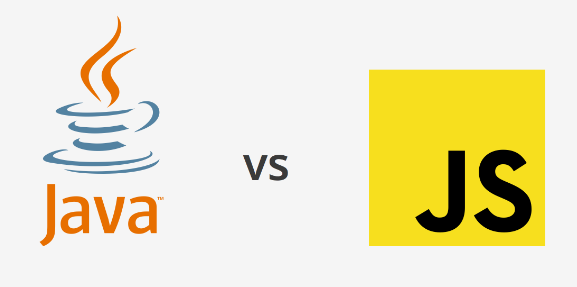
In the realm of programming languages, JavaScript and Java are two names that often lead to confusion due to their similar nomenclature. While both languages share some similarities, they also possess distinct characteristics that set them apart. In this article, we will explore the reasons behind the similarity in their names and delve into the key differences between JavaScript and Java. By the end, you will have a clear understanding of each language's purpose, syntax, and applications.
I. The Origin and Naming Conundrum
To comprehend why JavaScript and Java share a resemblance in their names, we need to explore their respective histories:
1. JavaScript:
- Developed by Brendan Eich at Netscape in 1995.
- Initially known as LiveScript, it was later renamed JavaScript to ride the wave of popularity surrounding Java at the time.
- The name change was a strategic marketing decision to leverage Java's success.
2. Java:
- Created by James Gosling at Sun Microsystems in the early 1990s.
- Designed to be a platform-independent programming language for various applications.
II. JavaScript and Java: Language Comparison
Despite their shared name, JavaScript and Java differ significantly in terms of their purpose, syntax, and areas of application:
1. Purpose:
JavaScript:
- Primarily used for client-side web development, adding interactivity to websites.
- Runs directly in the user's web browser.
- Enables dynamic content, form validation, and interactive features.
Java:
- A general-purpose programming language.
- Utilized for building diverse applications, including desktop software, mobile apps, and large-scale enterprise systems.
- Emphasizes write once, run anywhere (WORA) principle, enabling cross-platform compatibility.
2. Syntax:
JavaScript:
- Uses a C-style syntax influenced by the Java programming language.
- Lightweight and flexible, with a focus on simplicity and ease of use.
- Allows for dynamic typing and automatic memory management.
Java:
- Employs a statically typed, object-oriented syntax.
- Requires explicit declaration of data types and adheres to strict syntax rules.
- Utilizes a garbage collector for memory management.
1. Execution Environment:
JavaScript:
- Interpreted by web browsers.
- Executes directly within the browser's JavaScript engine.
- Common engines include V8 (used by Google Chrome) and SpiderMonkey (used by Mozilla Firefox).
Java:
- Compiled into bytecode, which runs on the Java Virtual Machine (JVM).
- The JVM provides a platform-independent runtime environment.
- Just-in-Time (JIT) compilation optimizes Java code during runtime for enhanced performance.
III. Areas of Application
While their names may overlap, JavaScript and Java cater to distinct application domains:
1. JavaScript:
Web Development:
- Enables the creation of dynamic web pages, interactive user interfaces, and web-based games.
- Popular frameworks like React, Angular, and Vue.js are built using JavaScript.
Server-Side Development:
- Node.js, a JavaScript runtime, allows developers to build scalable server applications.
- Facilitates real-time communication through technologies like WebSockets and server-sent events.
2. Java:
Desktop Applications:
- Java's robustness and cross-platform compatibility make it suitable for creating desktop software.
- Applications like Eclipse IDE, IntelliJ IDEA, and Android Studio are built using Java.
Enterprise Systems:
- Java's scalability and reliability make it an ideal choice for building large-scale enterprise applications.
- Widely used in banking, insurance, and e-commerce industries.

IV. Conclusion
In conclusion, JavaScript and Java may share a similar name, but they serve different
purposes in the world of programming. JavaScript is primarily used for web development,
enhancing user experiences on websites, while Java is a versatile language for building
applications across various domains.
If you enjoyed this piece, we've crafted a related article delving into Amazon Macie: A Comprehensive Guide to Data Discovery and Security. Explore it here.
final thought

by Harsh Verma
final thought

